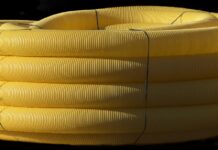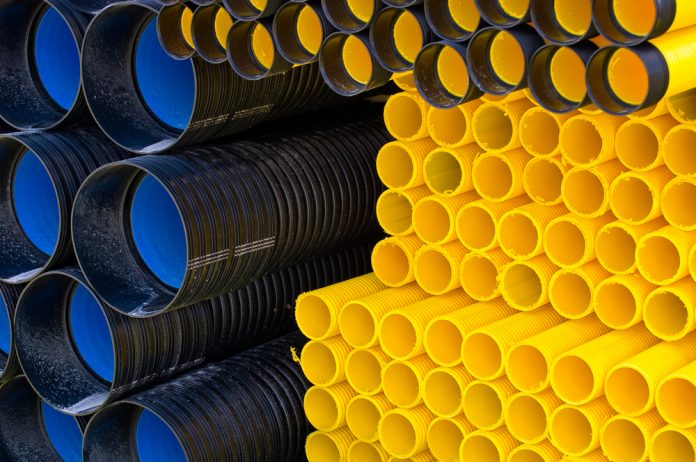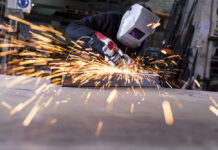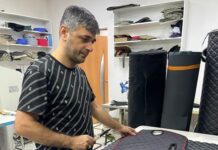Fabrication refers to a process of shaping, cutting, or forming a specific material into a product, and there are pros and cons to doing this with plastic as well as metal. The right fabrication method for an item will be based on many factors including the available budget, the purpose of the product, its appearance, and more. Why are we still doing plastic fabrication? We’ll explain more about that below.
Advantages of Plastic Fabrication
One of the reasons that we’re still fabricating plastic is because it has a host of benefits associated with it. Some of them include:
- Chemical Resistance – When it comes to the potential for damage from chemicals or chemical reactions, plastic is on top. Plastic is far less likely to fall prey to things like rusting and oxidation when compared to metal fabrication.
- Easier Formation – Plastic has a very low melting point and is highly malleable compared to the fabrication of other materials. As such, plastic can easily be formed into both basic and more complex shapes with little to no effort.
- Faster Production Methods – Another one of the advantages associated with plastic fabrication is that it can be done very quickly. While fabricating metal can take a long time, you can fabricate large amounts of plastic in the same time frame.
- Lighter Weight – When you’re comparing metal to plastic, you likely already know that plastic tends to be much lighter than the alternative. In some cases, weight is a huge priority, so plastic fabrication is an excellent way to handle that problem.
- Reduced Finishing – Using plastics, colouring can be added in before fabrication even begins. This is the opposite of the case for metal fabrication. When making metal items, you may need to spend extra time and effort on post-treatment processes like painting.
Large Number of Fabrication Processes Available
Whether you decide to use metal or plastic fabrication, there are many different processes that can be used to form or shape a product. Plastic fabrication can use many techniques, including the following:
- Drilling – This is a process where a drill press is used to create holes in a product. Drilling is commonly used when you want to make circular cuts of a uniform shape.
- Grinding – Another process is grinding, which involves using an abrasive wheel to make small cuts on the product or treat the material itself. If you need an utterly smooth product, grinding is a process that can help with that.
- Honing – If you aren’t familiar with honing, it involves taking several rotating tips to make existing holes a larger, specific size. This is most useful for creating items that need massive circular cuts, such as an engine cylinder.
- Lathing – Lathing is a form of cutting that uses a rotating table and a blade to drill, cut, etch, or curl materials. This process is often used to create items that need to be symmetrical around a specific rotation axis.
- Milling – Similar to a drill press, mills are used to bore holes, but they do it with sideways cutting motions. This can be used to create non-circular or asymmetrical cuts in an object.
Plastic fabrication is still used because it is needed for all sorts of projects. It also avoids the disadvantages of using metal such as high start-up fees, the need for secondary operations, and design limitations. Now that you know what makes plastic fabrication so essential, you may be wondering whether you should utilise it yourself.
Make sure your fabrication is done by a high-quality company with experience in order to get the best results possible. This applies whether you need plastic fabrication or are working with metal or another material.
Find a Home-Based Business to Start-Up >>> Hundreds of Business Listings.

















































